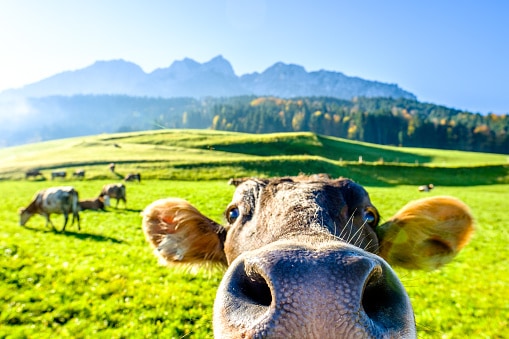7 Ways to Improve Pasture
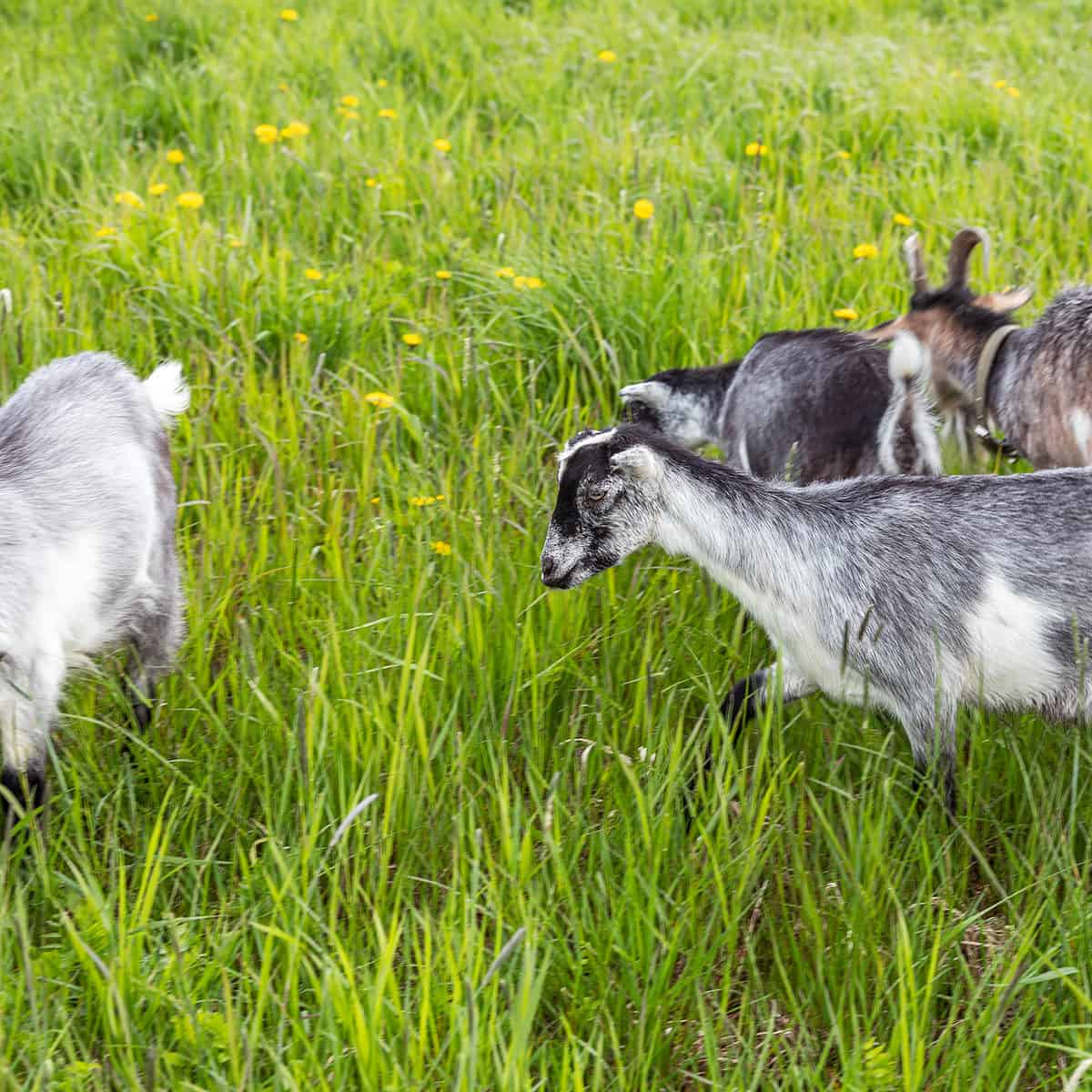
Improving pasture land in the south can be a challenge. But, with the right strategies and techniques, it is possible to create healthy, productive pastures that support the growth and development of livestock. Here are some tips on how to improve pasture soil in the south:
How To Improve Pasture Soil
1. Test The Soil:
The first step on how to improve pasture soil is to understand the composition of the soil. A soil test will provide information about the pH, nutrient levels, and other factors that influence the health and productivity of your pasture. Based on the results of the soil test, you can make informed decisions about the types of amendments and fertilizers to use to improve the soil.
2. Choose The Right Grasses:
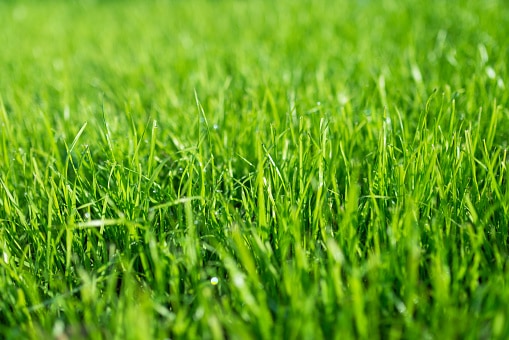
The type of grass you plant will have a major impact on the health and productivity of your pasture. There are many different grasses that can be grown in the south. Some of the best options for pasture land include Bermuda grass, fescue, and ryegrass. These grasses are drought-tolerant, able to withstand heat and humidity, and have a high forage value for livestock.
3. Control Weeds:
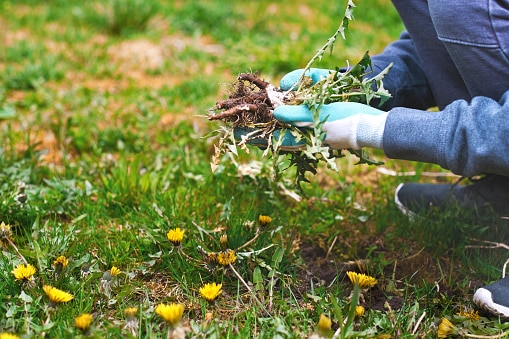
Weeds can compete with grasses for water, nutrients, and sunlight, so it is important to keep them in check. There are several methods you can use to control weeds in your pasture, including mowing, herbicides, and mechanical removal. Be sure to follow the label instructions when using herbicides, and be mindful of the environmental impacts of these chemicals.
4. Fertilize Appropriately:

Proper fertilization is key when learning how to improve pasture soil healthily and in a more productive fashion. Choose a fertilizer that is formulated for pasture grasses and follow the instructions on the label for the best results. Overfertilization can lead to excessive growth, which can reduce the quality of the forage and increase the risk of pests and diseases.
5. Rotate Grazing:
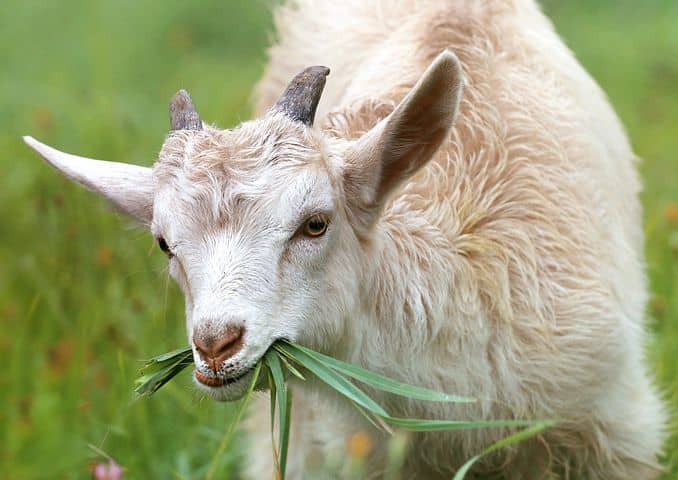
Rotating your livestock between different pastures can help prevent overgrazing and give the grass time to recover and regrow. This can also help reduce the risk of parasites and diseases, as well as improve the overall health of your pastures.
6. Improve Drainage:
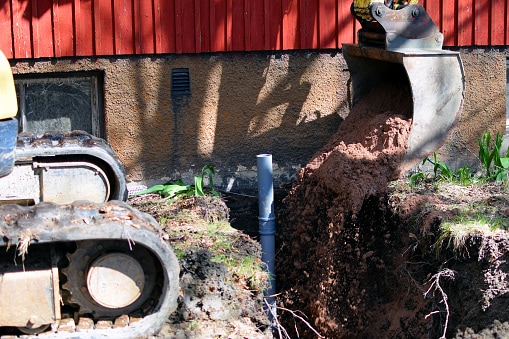
Poor drainage can lead to standing water, which can create breeding grounds for pests and diseases and reduce the productivity of your pasture. To improve drainage, you can install drainage ditches, alter the slope of the land, ash the pasture, or add organic matter to the soil to improve its structure.
7. Manage Pests And Diseases:
Even when you’ve taken all the above tips and measures on how to improve pasture soil, pests and diseases can be a major problem for your land in the south. To minimize the risk of these problems, it is important to practice good hygiene. Also, keep your pastures well-maintained, and use pest control measures as needed. This may include using insecticides or herbicides. Implementing cultural control measures such as rotating your livestock or mowing your pastures regularly proves helpful as well.
Closing Up
By following these tips, you can improve the health and productivity of your pasture land in the south and provide a better environment for your livestock. With proper care and management, your pastures can be a valuable asset to your farm or ranch, and a source of high-quality forage for your animals.




